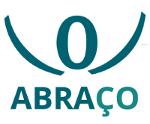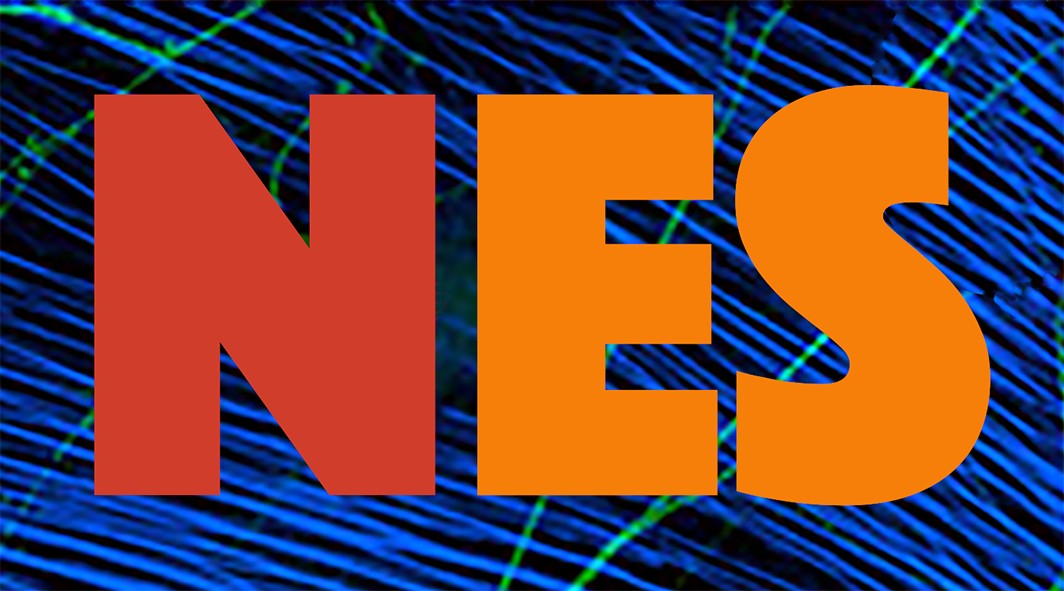
Verbal Short‐Term Memory Underlies Typical Development of “Thought Organization” Measured as Speech Connectedness
Publications | Jul 29, 2019
Natália B. Mota, Renata Callipo, Lígia Leite, Ana R. Torres, Janaína Weissheimer, Silvia A. Bunge, Mauro Copelli and Sidarta Ribeiro
Formal thought organization obtained from free speech, a key feature for psychiatric evaluations, has been poorly investigated during typical development. Computational tools such as speech graph connectedness (LSC) currently allow for an accurate quantification in naturalistic settings. LSC's typical development is better predicted by years of education than by age. Among beginning readers, the LSC of stories composed of short‐term memory predicted reading independently from IQ. Here we set out to test a longitudinal sample (6–8 years old, n = 45, followed for 2 years) to verify whether the LSC is predictive of various memory measures, and whether such relations can explain the correlation with reading. The LSC was specifically correlated with verbal short‐term memory performance. The results support the notion that the short‐term storage of verbal information is necessary to plan a story. Given the limited sample size, the relationship of this interaction with reading remains inconclusive.
The whole paper is available here.
Method to assess the mismatch between the measured and nominal parameters of transcranial magnetic stimulation devices
Publications | Jun 17, 2019
Zacharias L. R., Peres A. S. C., Souza V. H., Conforto A. B. and Baffa O.
Background
Small variations in TMS parameters, such as pulse frequency and amplitude may elicit distinct neurophysiological responses. Assessing the mismatch between nominal and experimental parameters of TMS stimulators is essential for safe application and comparisons of results across studies.
Poincaré-Type Inequalities for Compact Degenerate Pure Jump Markov Processes
Publications | Jun 17, 2019
Pierre Hodara and Ioannis Papageorgiou
We aim to prove Poincaré inequalities for a class of pure jump Markov processes inspired by the model introduced by Galves and Löcherbach to describe the behavior of interacting brain neurons. In particular, we consider neurons with degenerate jumps, i.e., which lose their memory when they spike, while the probability of a spike depends on the actual position and thus the past of the whole neural system. The process studied by Galves and Löcherbach is a point process counting the spike events of the system and is therefore non-Markovian. In this work, we consider a process describing the membrane potential of each neuron that contains the relevant information of the past. This allows us to work in a Markovian framework.
Retrieving a Context Tree from EEG Data
Publications | May 22, 2019
Aline Duarte, Ricardo Fraiman, Antonio Galves, Guilherme Ost and Claudia D. Vargas
It has been repeatedly conjectured that the brain retrieves statistical regularities from stimuli. Here, we present a new statistical approach allowing to address this conjecture. This approach is based on a new class of stochastic processes, namely, sequences of random objects driven by chains with memory of variable length.
The whole paper is available here.
Discrete One-Dimensional Coverage Process on a Renewal Process
Publications | May 20, 2019
Sandro Gallo and Nancy L. Garcia
Consider the following coverage model on \mathbb {N}, for each site i \in \mathbb {N}associate a pair (\xi _i, R_i) where (\xi _i)_{i \ge 0} is a 1-dimensional undelayed discrete renewal point process and (R_i)_{i \ge 0} is an i.i.d. sequence of \mathbb {N}-valued random variables. At each site where \xi _i=1 start an interval of length R_i. Coverage occurs if every site of \mathbb {N} is covered by some interval. We obtain sharp conditions for both, positive and null probability of coverage. As corollaries, we extend results of the literature of rumor processes and discrete one-dimensional Boolean percolation.
The whole paper is available here.
| NeuroCineMat |
|---|
|
Featuring this week: |
| Newsletter |
|---|
|
Stay informed on our latest news! |
| Follow Us on Facebook |
|---|




